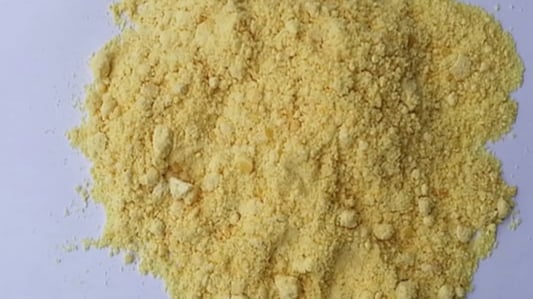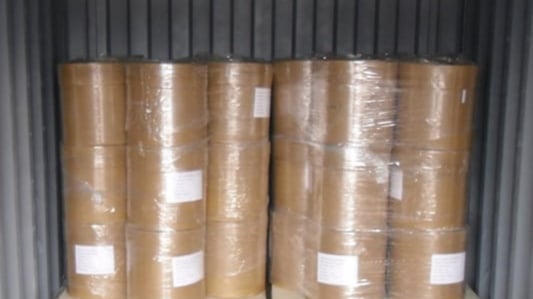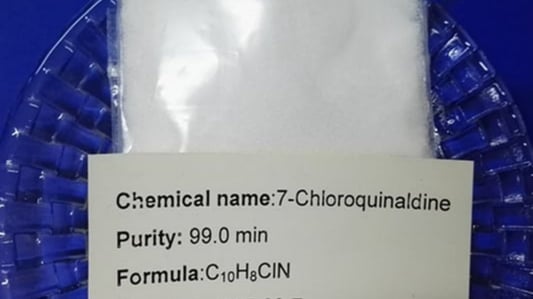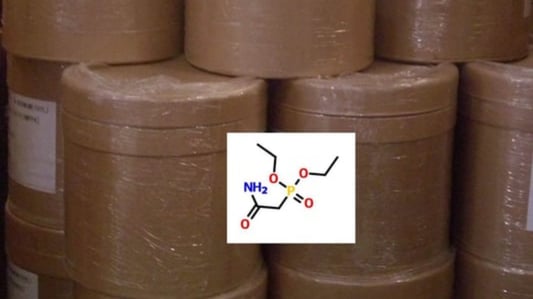The Importance of nano calcium carbonate synthesisNano calcium carbonate synthesis is a crucial process in the field of nanotechnology. This innovative method allows for the creation of nanoparticles with unique properties and applications. The resulting nano calcium carbonate particles are incredibly small, typically less than 100 nanometers in size, which gives them a large surface area to volume ratio. This makes them highly reactive and versatile for a wide range of industries, including pharmaceuticals, cosmetics, and advanced materials.The Science Behind Nano Calcium Carbonate SynthesisNano calcium carbonate synthesis involves the chemical reaction of calcium sources with carbonate sources to form nanoparticles. One common method is the precipitation of calcium ions with carbonate ions in a controlled environment. This process typically requires the use of specialized equipment and precise control of reaction conditions, such as temperature, pH, and stirring speed. The resulting nano calcium carbonate particles can then be further modified and functionalized for specific applications.Applications of Nano Calcium Carbonate SynthesisNano calcium carbonate particles have a wide range of applications due to their unique properties. In the pharmaceutical industry, they are used as drug delivery systems to enhance the solubility and bioavailability of poorly soluble drugs. In the cosmetics industry, nano calcium carbonate is added to skincare products as a thickening agent and UV filter. Additionally, in the field of advanced materials, these nanoparticles are used to reinforce polymers and improve the mechanical properties of composites.The Environmental Benefits of Nano Calcium Carbonate SynthesisNano calcium carbonate synthesis offers environmental benefits compared to traditional synthesis methods. By using nanoparticles, less material is required to achieve the same effect, leading to reduced waste generation and lower energy consumption. Additionally, nano calcium carbonate particles can be designed to be biodegradable, making them more environmentally friendly for various applications.The Challenges of Nano Calcium Carbonate SynthesisDespite its numerous benefits, nano calcium carbonate synthesis also comes with challenges. One major obstacle is achieving uniform particle size and shape, as variations can affect the properties and performance of the nanoparticles. Additionally, controlling the surface chemistry of the particles is crucial for ensuring compatibility with different matrices and enhancing their dispersibility. Researchers continue to explore innovative techniques to overcome these challenges and optimize the synthesis process.The Role of Nanotechnology in Nano Calcium Carbonate SynthesisNanotechnology plays a crucial role in advancing nano calcium carbonate synthesis. By leveraging the unique properties of nanoparticles, researchers can design novel materials with enhanced functionality and performance. Nanoscale control over the synthesis process allows for precise tuning of the properties of nano calcium carbonate particles, enabling tailored solutions for specific applications in diverse industries.The Future of Nano Calcium Carbonate SynthesisThe future of nano calcium carbonate synthesis looks promising, with ongoing research efforts focusing on further enhancing the properties and applications of these nanoparticles. New advancements in nanotechnology and materials science are expected to drive innovation in nano calcium carbonate synthesis, leading to the development of next-generation materials with superior performance and functionality. As the demand for high-performance materials continues to grow, nano calcium carbonate synthesis is poised to play a key role in meeting the needs of various industries.Quote InquiryContact us










